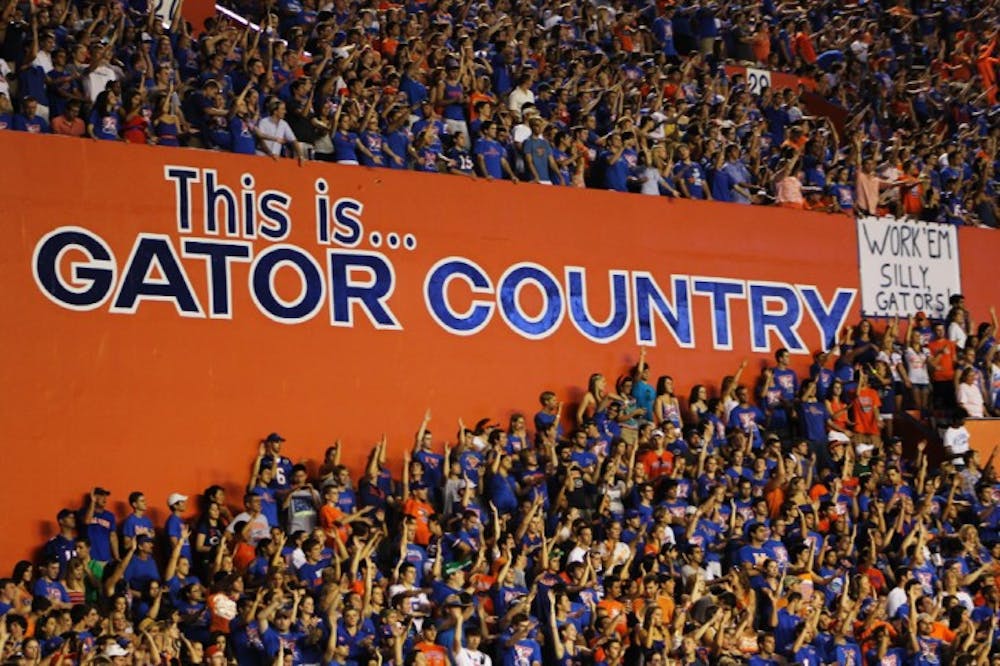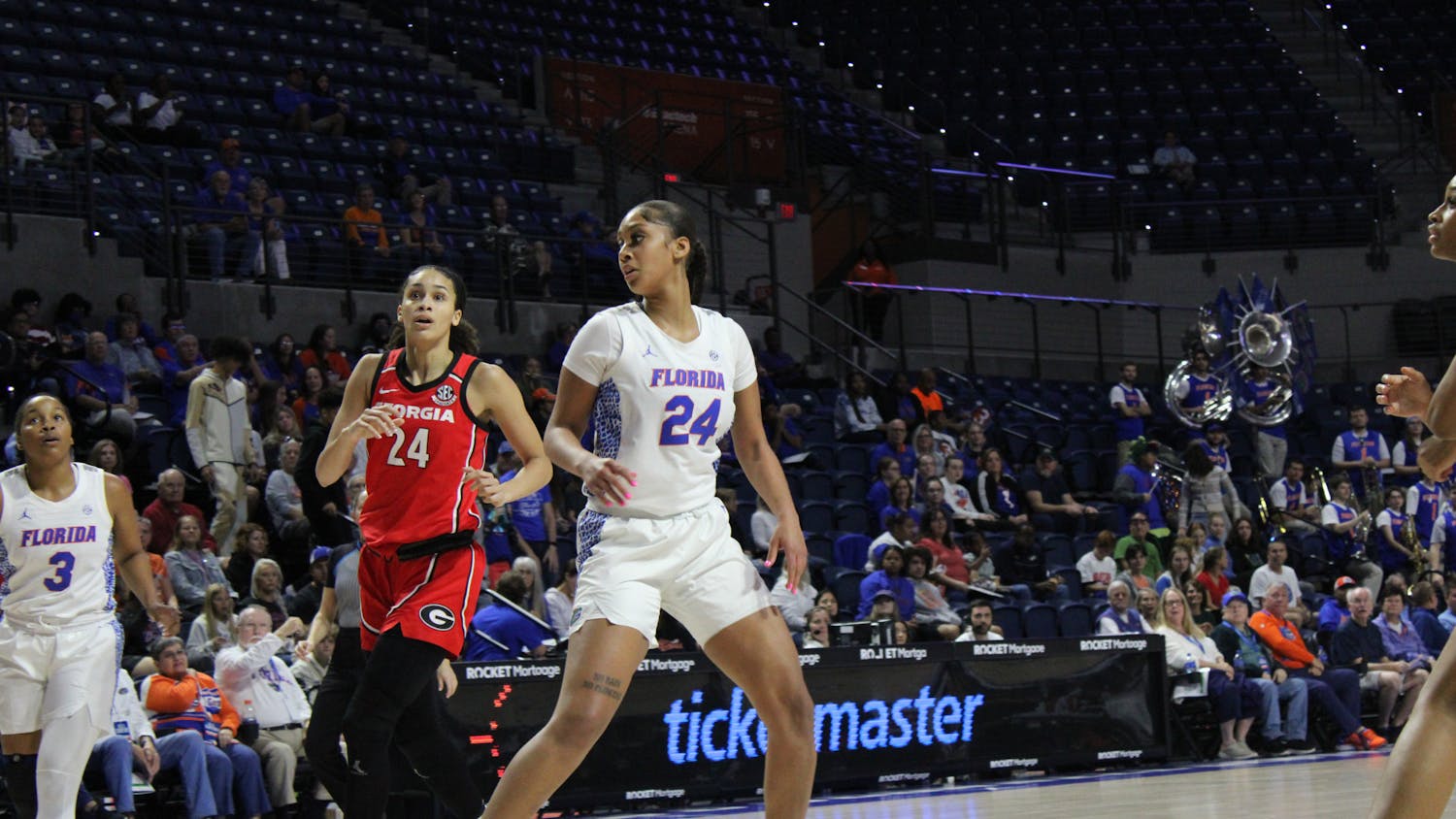When I was accepted to the University of Florida for the Fall 2010 semester, I didn’t know much about college sports. I had always preferred professional sports, and in my mind, college athletics were nothing more than wasted time on SportsCenter.
I had watched a couple BCS Championship games and I had heard of somebody named Tebow, but the most time I devoted to thinking about college sports was when I watched the NFL Draft.
But when I arrived in Gainesville, I learned quickly.
I learned Florida was in the Southeastern Conference – which my older classmates were quick to tell me was the best conference in college sports.
I found out that the Gators had won multiple national titles and that Tebow guy was responsible for one of them.
I grew to love college sports, and as I enter my senior year at Florida, I feel like it is part of my duty to let new students know exactly what they’re getting into.
So today’s first lesson is a roundup on Florida football’s history. You’ll need to know a lot of this when you’re tailgating and a fraternity alum starts talking about how things were better – or worse – 10 or 20 years ago.
It all started on a hot and humid day in 1906, but that’s not all that important.
In fact, for general purposes, the first 50 or so years of Florida football are not relatively noteworthy. Florida picked up the nickname “Gators” in 1910, began playing games at Florida Field in 1930 and joined the newly formed SEC in 1932 as one of the founding members. But aside from that, the first half century of Gators football was fairly uneventful and mediocre.
Enter Steve Spurrier.
Under coach Ray Graves, who was named head coach in 1960, Florida saw its first real success on the gridiron. Spurrier led the mid-1960s teams and picked up the Gators’ first Heisman Trophy in 1966 – that’s why there’s a statue of him outside Ben Hill Griffin Stadium.
The 1970s saw a change in coaches, moderate success and the “Gator Flop.”
Up 45-8 in the final game of the season, senior quarterback John Reaves needed only 14 yards to set the NCAA career passing record.
In order to get the ball back and give Reaves a chance to break the record, Florida’s defense intentionally fell down and allowed Miami to score a touchdown. Reaves completed a touchdown pass and set the record, angering then-Miami coach Fran Curci.
The 1980s was arguably the darkest decade in the program’s history. Florida hired Clemson coach Charley Pell before the 1979 season, and he didn’t win a game his first season.
But Pell’s squad turned things around quickly, winning eight, seven and eight games in his next three seasons.
However, the NCAA accused Pell of numerous rule violations, and Pell was fired and replaced by offensive coordinator Galen Hall.
The Gators would have more success on the field in the 80s, but it was blunted by NCAA sanctions.
Spurrier returned at the end of Hall’s tenure and led the Gators to their most successful run in program history.
Spurrier led the team to its first SEC championship in 1991 – the first of six in the 1990s. He also coined Ben Hill Griffin’s most popular nickname – The Swamp.
Spurrier popularized the “Fun ‘n’ Gun” offense, letting his quarterbacks throw the ball deep down the field. This paid off for Pensacola native Danny Wuerffel, who won the school’s second Heisman Trophy in 1996 after he threw for 3,625 yards and 39 touchdowns.
Spurrier and Wuerffel led Florida to its first national title in 1996 when they defeated Florida State in the Sugar Bowl 52-20.
Spurrier bolted for the NFL in 2002, and Ron Zook took over. Zook was heavily criticized for not continuing Spurrier’s winning ways, and he was fired before the 2004 season ended.
Then came Urban Meyer. In Gainesville, Meyer is both regaled and reviled. He led the team to two national titles in three seasons on the backs of incredibly talented players like Tebow, Percy Harvin and Joe Haden.
However, Meyer’s departure from Florida after the 2010 season and subsequent agreement to coach Ohio State a year later has made him the most controversial figure for the Florida fanbase.
Regardless of his legacy, Meyer’s success on the field is unquestionable. In six seasons, he went 65-15, winning two conference titles and two national titles. Under Meyer, Florida went 5-1 in bowl games.
Current coach Will Muschamp took over for Meyer before the 2011 season, and after a rocky start his first year, turned the team back into a contender in 2012. The Gators went 11-2 last year, their best record since 2009 – putting Florida in position for another title run this upcoming season.
Contact Adam Lichtenstein at alichtenstein@alligator.org.
Students cheer for the Gators during the Florida Atlantic game on Sept. 3, 2011 at Ben Hill Griffin Stadium. Florida beat Florida Atlantic 41-3.






